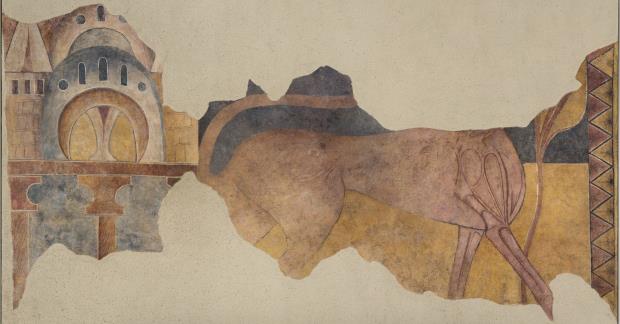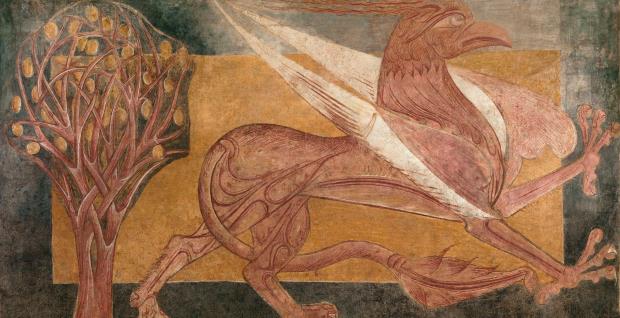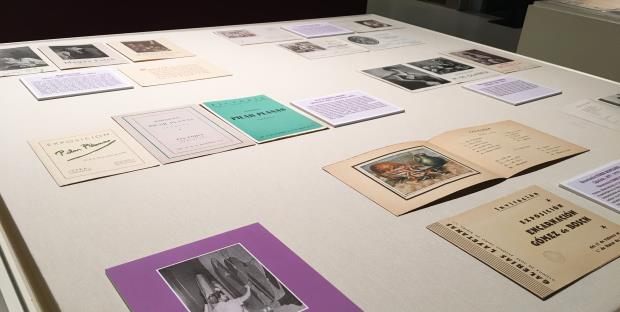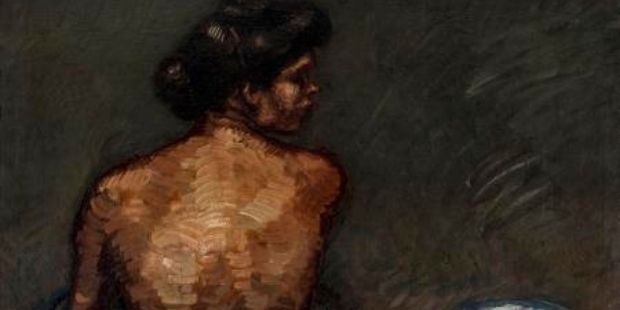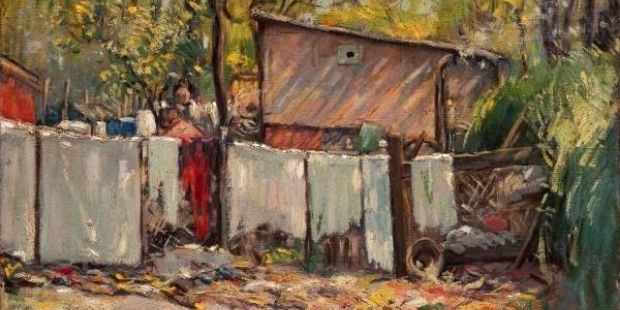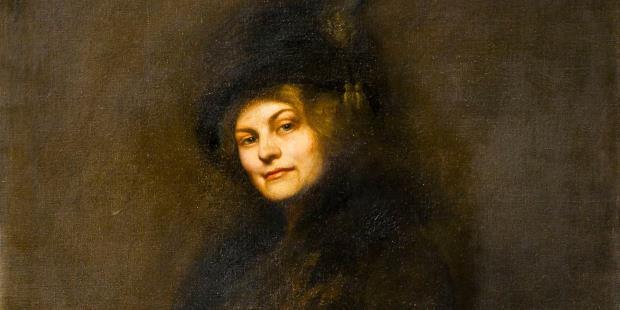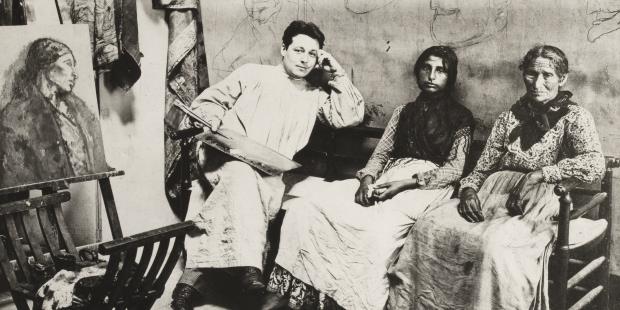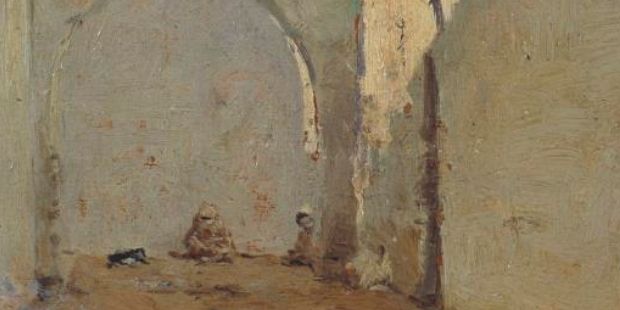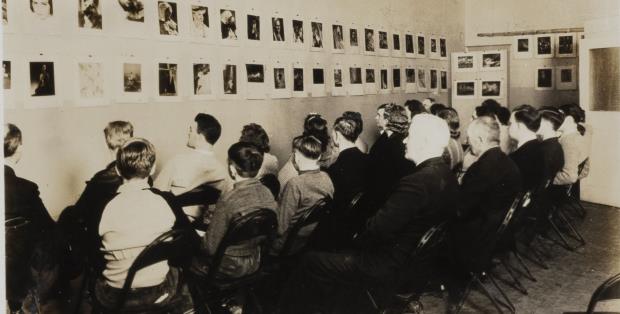
Roser Cambray Sometimes the reverse side of a photograph, that is to say, the back of the work, can give us a lot of information about where it came from and where it has been. This entry on the museum blog is based on an enigmatic image, taken in the small town of Kalispell (Montana,…
Read more
